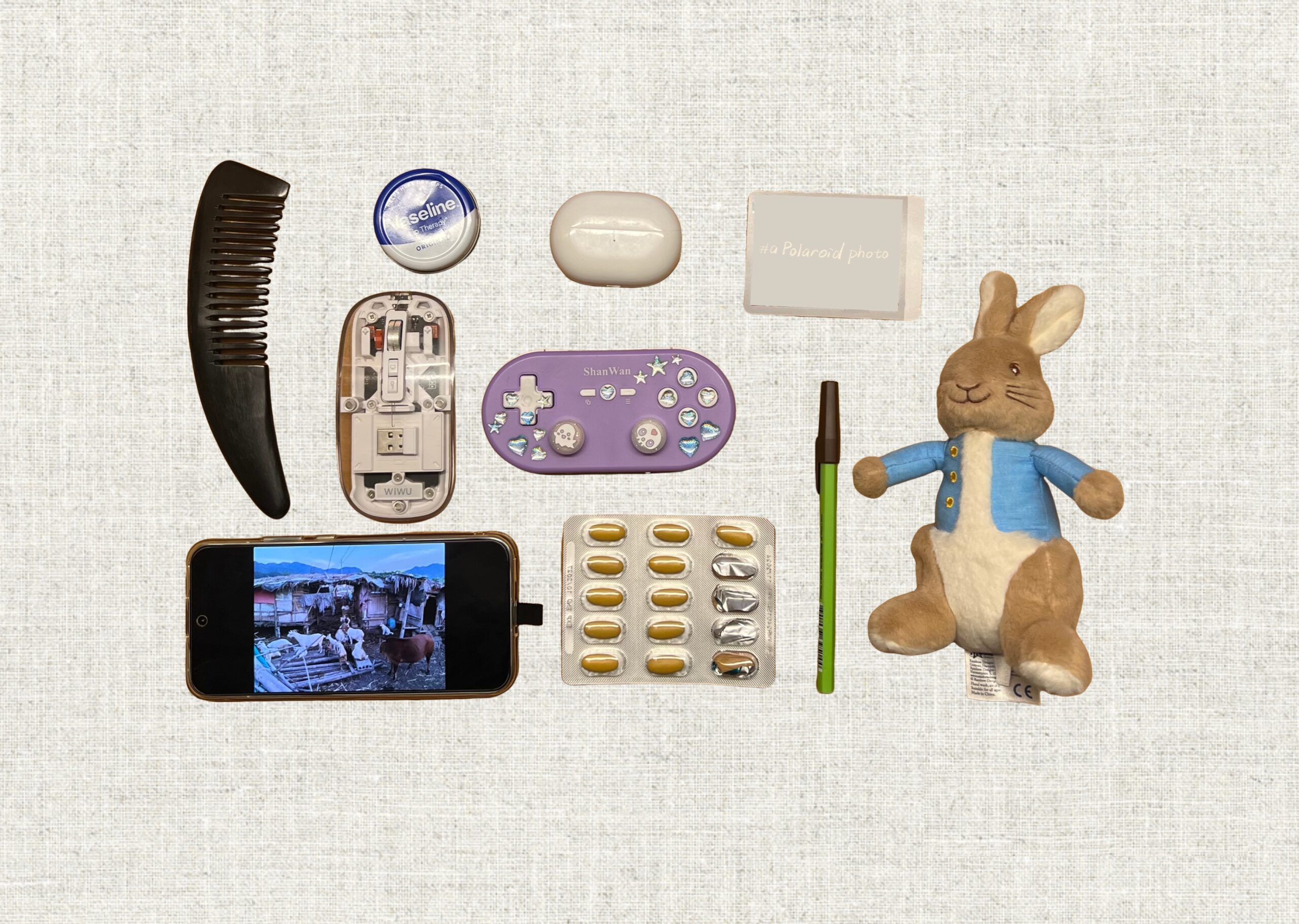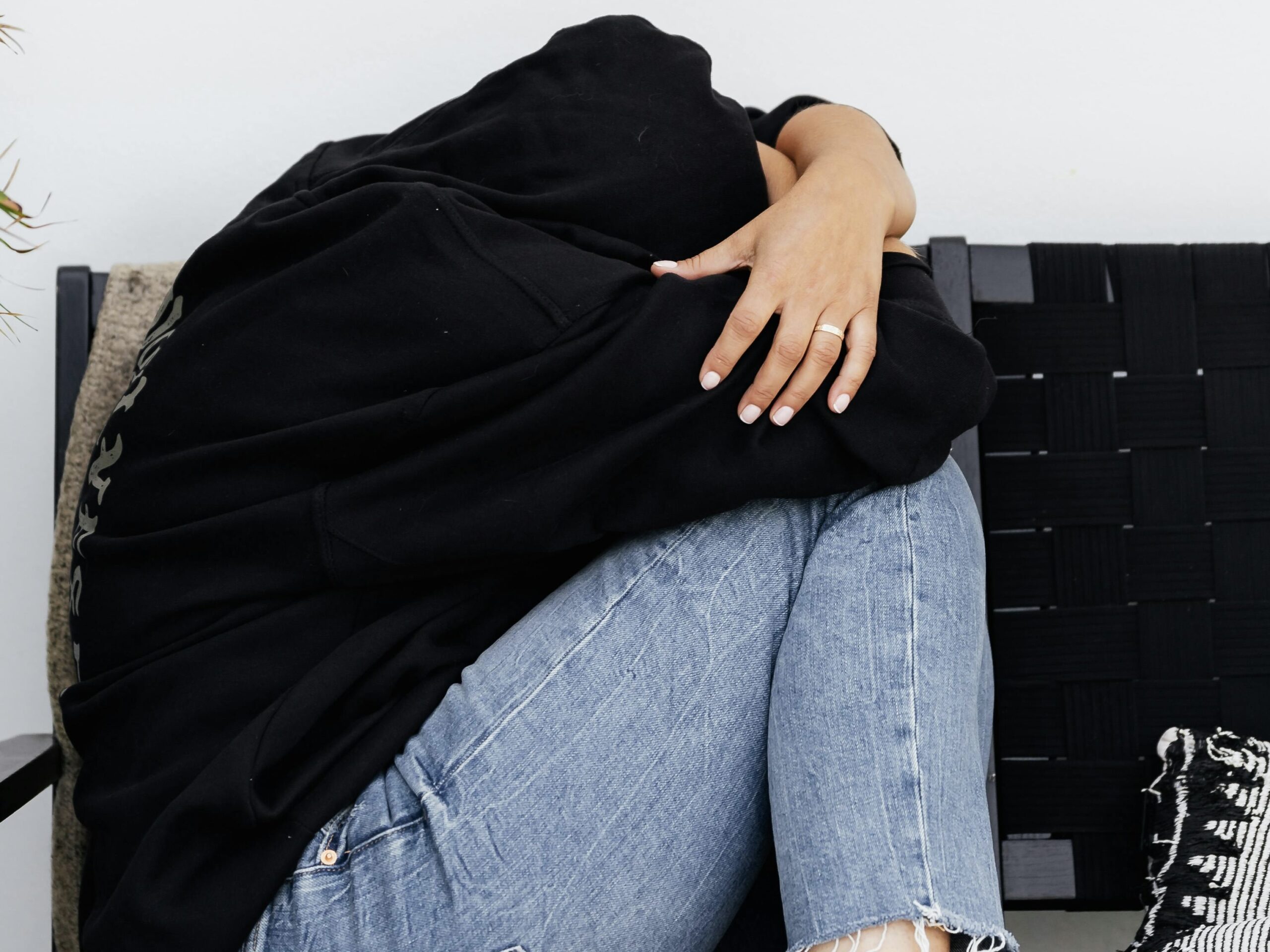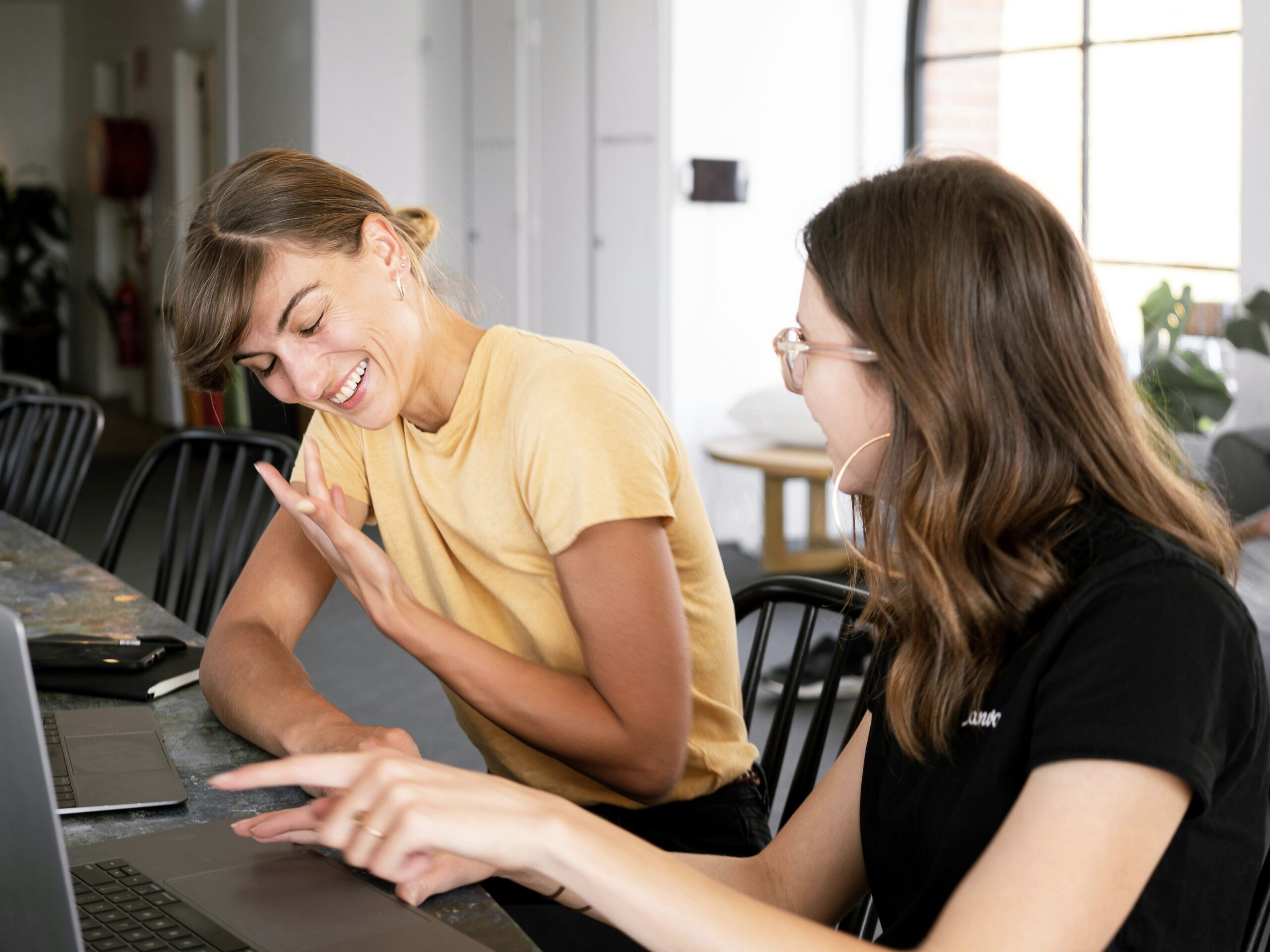Small Objects, Big Memories

Summary
A 20-minute open learning toolkit with a small object as its entry point, guiding you through multi-perspective storytelling to rediscover the memory connections between yourself and objects.
Learning Aims
You will:
Explore your personal memories through an object or photo that is meaningful to you
How do objects connect with identity and memory
Learn to tell the story of the same object from multiple perspectives
💡Tip: This event is an invitation rather than a request. You can freely choose the content and depth you want to share.
Step 1: Find the item that belongs to you (3 minutes)
Select an object connected to a memory or moment in your life.
It needn’t be special, just something that holds a little sense of place for you.
🗂️You can choose:
- Tangible objects: keys, badges, ticket stubs, jewellery, small toys, clothing, etc.
- Photographs: snapshots from your phone gallery capturing a moment, place, or person, etc.
- Digital objects: screenshots, chat covers, music playlists, etc.
- Symbolic objects: items representing a particular phase of your life.
🗂️You might ask yourself:
- What’s the first story that comes to mind when you think of it?
- Why is it important to me?
- When I think of it, what reaction does my body or emotions have?

Object Selection Examples © 2025 by Yi Yao is licensed under CC BY-SA 4.0
Step 2: Tell the story of your object (10 minutes)
Next, observe your object from three different perspectives.
💡Tip: You can choose all of them or just a few that you want to explore.
1. Positive Memory
View this object from a warm, pleasant, or proud perspective.
🗂️You might ask yourself:
- What happy or tender moments does it remind me of?
- Is it connected to friendship, family, moments of support, or success?
- Did this object accompany me through a good phase in my life?

A Warm Memory © 2025 by Yi Yao is licensed under CC BY-SA 4.0
2.Negative / Complex Memory
Sometimes objects hold mixed or painful memories, too.
💡Tip: You can choose how deep you want to go.
🗂️You might ask yourself:
- Does it remind me of a difficulty, conflict, or loss?
- Does it represent an ending, change, or regret?
- Do I view it now in the same way as I did then?

A Complex Memory © 2020 by Karola G, used under the Pexels License
3.Object’s Perspective
Imagine it from another perspective:
If you were this object, how would it “see” you?
🗂️You might ask yourself:
- What have I been through? Where have I been?
- What sort of person was my owner?
- If I could speak, what stories would I tell?

Object Perspective © 2021 by Dmitry Egorov, used under the Pexels License
Step 3: Sharing and Exchange (5 minutes)
Share in pairs or groups.
💡Tip: Everyone can freely choose the part to share.
1.Share your story
Select one or two perspectives to narrate.
You may talk about memories, feelings, or symbolic meanings.
2.Listening and Responding
After the other person has finished speaking, respond to their object with one of the following phrases:
- What this object remembers in your life is…
- It seems to have witnessed some important moment for you.
- etc…
💡Tip: The emphasis is on listening, not judging or analysing.
3.Optional extension activity (if the group atmosphere is comfortable)
The other person tells the story of your object in his/her memory in a positive/complex perspective.
Together, write a title or memory slogan for the object.

Sharing and Listening © 2019 by Canva Studio, used under the Pexels License
Step 4: Reflection
🗂️Once you have completed the above steps, you may ask yourself:
- What have I rediscovered through this object?
- What new emotions or memories have emerged?
- Has the meaning of this object changed?
Small Objects, Big Memories © 2025 by Yi Yao is licensed under CC BY-SA 4.0
(Object Selection Examples © 2025 by Yi Yao is licensed under CC BY-SA 4.0.)
(Object Selection Examples © 2025 by Yi Yao is licensed under CC BY-SA 4.0.)
(A Warm Memory © 2025 by Yi Yao is licensed under CC BY-SA 4.0.)
(A Complex Memory © 2020 by Karola G, used under the Pexels License.)
(Object Perspective © 2021 by Dmitry Egorov, used under the Pexels License.)
(Sharing and Listening © 2019 by Canva Studio, used under the Pexels License.)


